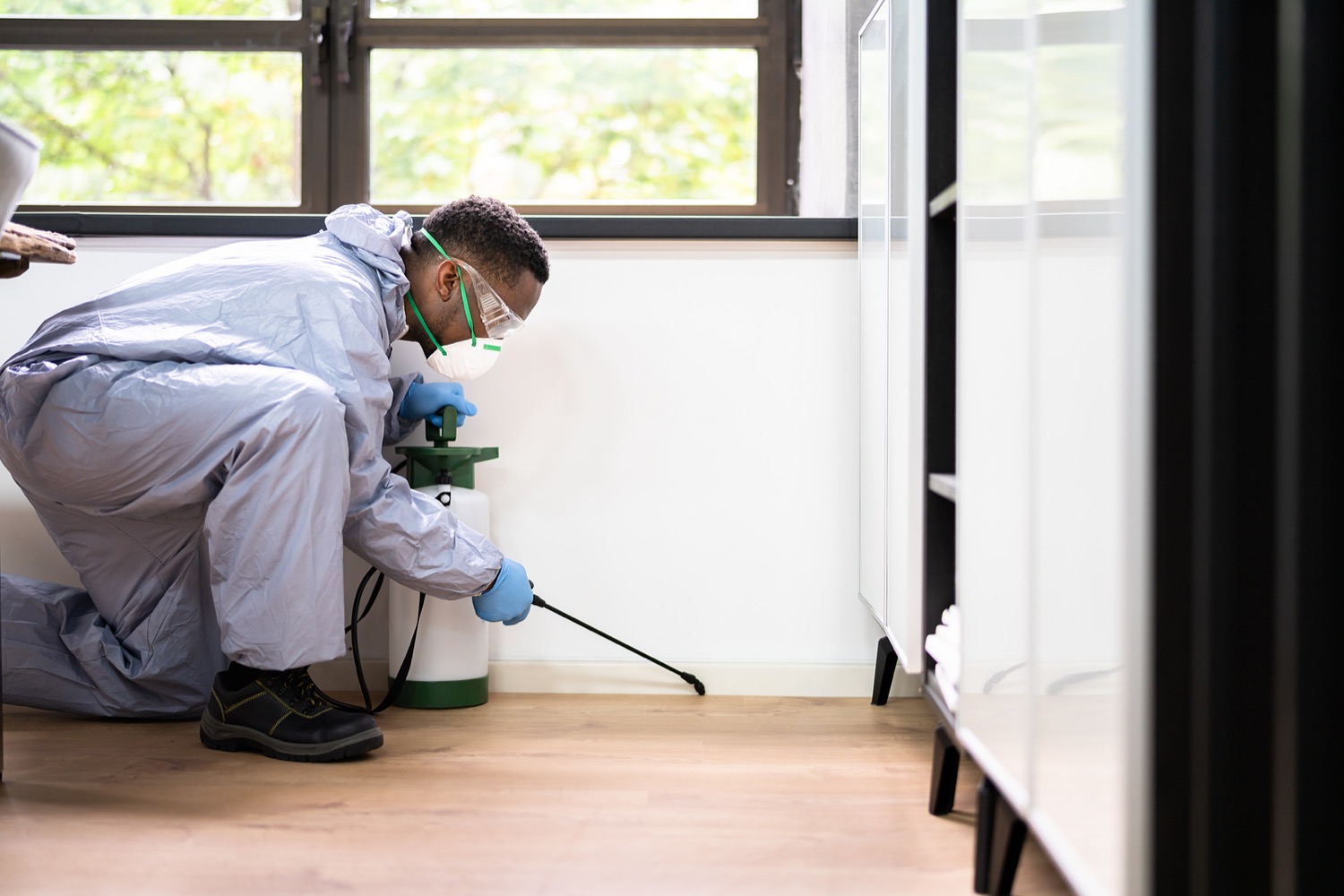Bed Bug Therapy Break Down: Contrasting Chemical Vs. Non-Chemical Solutions
In the world of parasite control, especially when managing the consistent issue of bed bugs, the option between chemical and non-chemical treatment solutions can be a critical one. Both approaches provide distinct advantages and drawbacks, influencing elements such as effectiveness, security considerations, and general expense. By analyzing the nuanced information of each method, a more clear understanding of which path to seek in dealing with a bed pest problem can be achieved.
Efficiency of Chemical Treatments
Chemical therapies for bed bug problems have been extensively recognized for their powerful and quick efficiency in removing these parasites. When taking into consideration the efficiency of chemical treatments, it is critical to comprehend that they can give a fast and extensive service to a bed bug problem. Expert pest control men often rely on pesticides to target bed insects at various phases of their life process, including eggs, nymphs, and adults. These chemicals generally work by interrupting the bed insects' nerves, causing paralysis and ultimate death.
In addition, chemical therapies have the benefit of supplying residual effects, meaning that they can continue to remove bed insects also after the first application. This recurring action is especially valuable in combating any type of prospective re-infestations. Furthermore, the rapid activity of chemical therapies can bring alleviation to individuals encountering severe bed insect invasions, allowing them to reclaim control of their home swiftly.
Safety Concerns With Chemical Solutions
One crucial facet that requires mindful factor to consider when making use of chemical remedies for bed pest therapy is guaranteeing the security of owners and the environment. Direct exposure to particular chemicals utilized in bed bug treatments can lead to respiratory issues, skin inflammation, or other unfavorable responses, particularly in people with pre-existing conditions or level of sensitivities.
Additionally, the environmental effect of chemical solutions is another considerable factor to consider. Some pesticides made use of in bed insect therapies might be unsafe to useful bugs, wildlife, and ecosystems if they leach into the soil or water systems. It is important to make use of chemical treatments judiciously, following security guidelines, and taking into consideration much less toxic options to reduce these threats and make sure the efficient and risk-free management of bed insect invasions.
Benefits of Non-Chemical Strategies
Taking into consideration the possible security issues and ecological influence connected with chemical remedies for bed insect therapy, checking out non-chemical approaches offers a promising alternative with numerous distinctive benefits. Non-chemical methods provide a more secure choice for houses, specifically those with pets, children, or individuals conscious rough chemicals. These methods eliminate the risks of direct exposure to harmful materials, decreasing the potential for unfavorable health results. Moreover, non-chemical treatments are eco-friendly, as they do not contribute to air or water contamination, making them a lasting selection for parasite control.
Furthermore, non-chemical services can be efficient in targeting bed bugs, consisting of hard-to-reach locations where chemical treatments might not permeate - A1 exterminators charlotte nc. Methods such as warm therapy, vacuuming, steam cleansing, and cushion coverings provide comprehensive elimination without the use of unsafe chemicals.
Limitations of Non-Chemical Treatments

Furthermore, non-chemical treatments usually require several applications to accomplish effective removal. This can be time-consuming and might not constantly assure total elimination of all bed pests and their eggs, especially in hidden or hard-to-reach areas.
Additionally, the success of non-chemical therapies heavily counts on proper implementation and thoroughness, which can be challenging for people without specialist proficiency. Inadequate application of non-chemical techniques may lead to incomplete removal, bring about consistent invasions and the demand for extra treatments.
For that reason, while non-chemical therapies have their benefits, it is vital to acknowledge these limitations and consider them when determining the most effective strategy for managing bed pest problems.
Price Comparison: Chemical Vs. Non-Chemical Options
Offered the constraints associated with non-chemical therapies, a crucial aspect to review in the context of bed bug administration is the price contrast in Resources between chemical and non-chemical choices. In comparison, non-chemical therapies like heat treatment or heavy steam can be extra costly, with prices ranging from $1,000 to $6,000 for an entire home. While the preliminary expense of chemical treatments may appear reduced, multiple treatments may be required to fully remove the problem, potentially increasing the total expense.
Conclusion

Considering the prospective security problems and environmental effect associated with chemical options for bed pest therapy, exploring non-chemical methods presents an appealing choice with numerous distinctive advantages.Given the limitations connected with non-chemical treatments, an essential aspect to assess in the context of bed insect administration is the expense contrast in between chemical and non-chemical choices. In comparison, non-chemical therapies like warm therapy or vapor can be much more costly, with expenses varying from $1,000 to $6,000 for an entire home. While her comment is here the first cost of chemical treatments might appear lower, several treatments may be needed to fully remove the problem, possibly boosting the general price.In final thought, when contrasting chemical and non-chemical bed pest treatment options, it is crucial to take into consideration efficiency, security, advantages, constraints, and price.